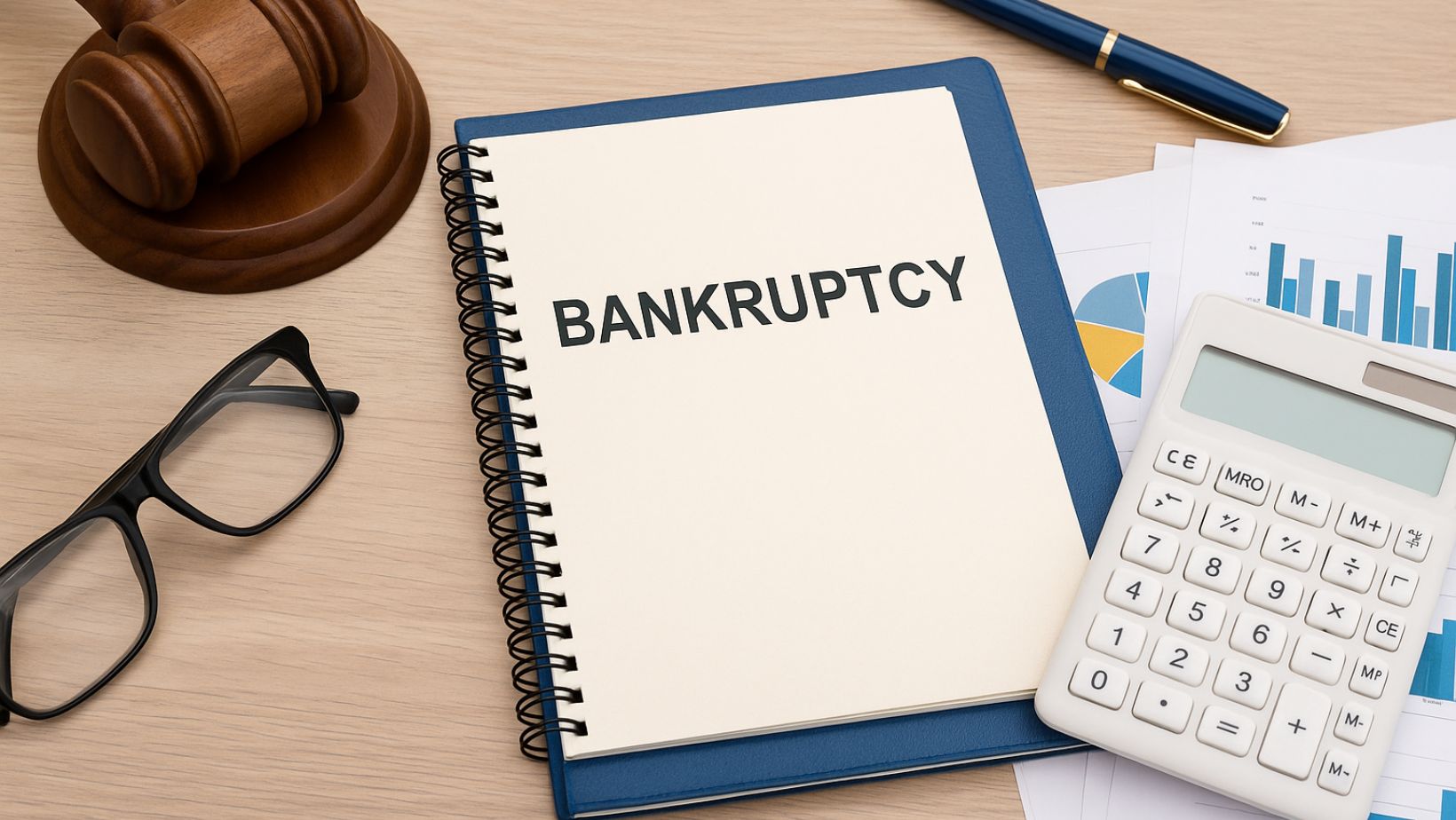
Filing bankruptcy may feel overwhelming, but knowing the process in advance helps you move forward with confidence. Chapter 7 bankruptcy is one of the most common forms of consumer debt relief in the United States, and it allows individuals to eliminate certain unsecured debts while keeping essential property through exemptions.
If you are starting your research, see this helpful breakdown of the Chapter 7 process. At U.S. Bankruptcy Help, we provide free educational resources so you can better understand your bankruptcy options, and we connect you with qualified bankruptcy attorneys who can review your unique situation.
This guide walks you through 10 essential steps to file Chapter 7 successfully in 2025.
Step 1: Decide if Chapter 7 Is the Right Choice
The first step is to evaluate whether Chapter 7 fits your financial goals. This form of bankruptcy eliminates unsecured debts like credit cards, medical bills, and payday loans. However, it won’t discharge certain obligations such as child support, alimony, or most student loans.
If keeping your home while catching up on overdue mortgage payments is your priority, Chapter 13 may be a better fit.
Step 2: Review Eligibility Using the Means Test
To qualify for Chapter 7, you must pass the means test, which compares your household income to the median income for families in your state.
- Below the median: You typically qualify.
- Above the median: You may still qualify after deducting allowable expenses.
Income thresholds are updated regularly, so confirm the latest figures before filing.
Step 3: Gather Your Financial Information
Accurate documentation is critical. You’ll need:
- Recent pay stubs and tax returns
- Bank and loan statements
- Records of assets and debts
- Monthly expense details
This information forms the basis of your bankruptcy petition and allows your trustee to evaluate your case.
Step 4: Complete the Credit Counseling Course
Federal law requires everyone filing for bankruptcy to complete a pre-filing credit counseling course from an approved provider. This course—usually online or by phone—ensures you understand alternatives before proceeding. You’ll need to submit the completion certificate with your petition.
Step 5: File Your Bankruptcy Petition
Your attorney prepares and files the official bankruptcy petition with your local federal court. This includes schedules of assets, liabilities, income, and expenses.

The moment you file, an automatic stay takes effect, stopping creditor harassment, wage garnishment, repossession, and foreclosure.
Step 6: Work with the Bankruptcy Trustee
Once your case is filed, a trustee is appointed to oversee it. The trustee reviews your financial disclosures, looks for non-exempt property, and ensures all documentation is accurate.
Thanks to exemptions, most people filing Chapter 7 keep their essential property, including homes (up to equity limits), vehicles, retirement accounts, and household goods.
Step 7: Attend the 341 Meeting of Creditors
About a month after filing, you’ll attend a brief meeting—called the 341 meeting of creditors. You’ll answer questions under oath about your finances and petition.
- Creditors are invited but rarely attend.
- The trustee may request additional documents.
- The meeting is typically straightforward if your paperwork is complete.
Step 8: Complete the Debtor Education Course
To receive a discharge, you must complete a post-filing debtor education course. This course covers budgeting and money management strategies to help you rebuild after bankruptcy. Once complete, you’ll receive another certificate to file with the court.
Step 9: Receive Your Discharge
If no objections are raised, the court issues a discharge order, wiping out qualifying debts. For most Chapter 7 cases, this happens within 3–6 months of filing.
- Creditors can no longer attempt to collect discharged debts.
- You gain immediate financial relief and a clean slate.
Step 10: Begin Rebuilding Your Financial Life
Bankruptcy isn’t the end of your financial story—it’s the beginning of a fresh one. After discharge, you can start rebuilding:
- Apply for a secured credit card.
- Make consistent on-time payments.
- Monitor your credit reports.
- Practice smart budgeting to avoid new debt traps.
Many people find that within a few years, they qualify for loans, credit cards, and even mortgages again.
Mistakes to Avoid When Filing
While these steps to file Chapter 7 are straightforward, mistakes can complicate the process. Avoid:
- Transferring property before filing (may be considered fraud).
- Running up new debt shortly before bankruptcy.
- Leaving out debts or assets in your petition.
- Missing mandatory courses (can cause dismissal).
How U.S. Bankruptcy Help Supports You
Bankruptcy is complex, but you don’t need to navigate it alone. At U.S. Bankruptcy Help, we:
- Provide free, detailed resources explaining the process.
- Help you understand exemptions and eligibility.
- Connect you directly with local attorneys who can guide your case.
We are not a law firm. Instead, we offer knowledge and resources, then connect you with qualified attorneys when you’re ready. By completing our simple form, you’ll be matched with a professional who can review your situation.
Final Thoughts
Filing Chapter 7 can be life-changing, giving you the chance to wipe out debt and start again. By following these 10 essential steps, you’ll better understand what to expect, avoid common mistakes, and prepare for life after bankruptcy.
Start your journey toward financial relief today with the free resources at U.S. Bankruptcy Help. The sooner you explore your options, the sooner you can begin building a stronger financial future.















